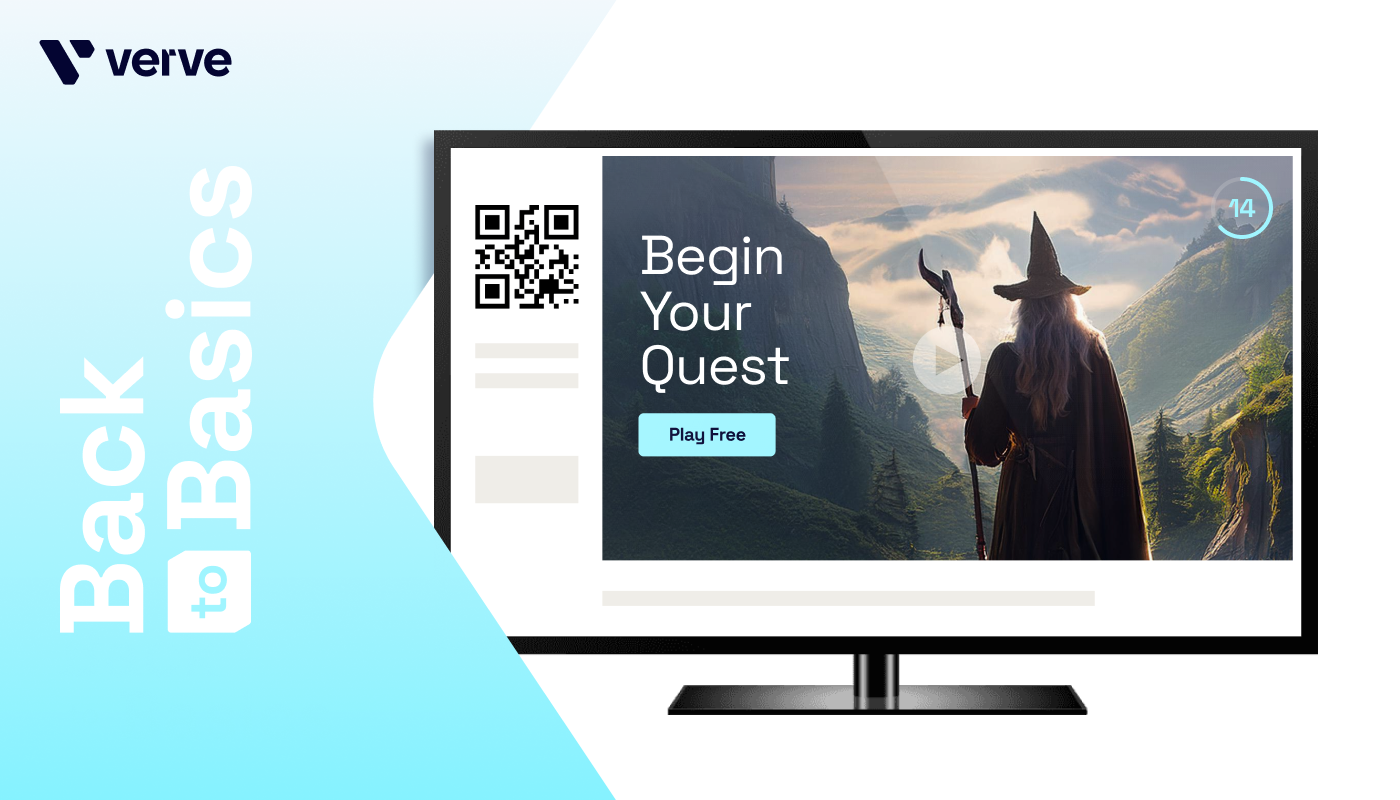Spending on over-the-top (OTT) TV advertising is expected to continue its meteoric growth in 2023, as advertisers look to keep pace with consumer viewing habits while capitalizing on new opportunities in addressability. At the same time, the OTT ad space is maturing from an ad bidding and delivery technology standpoint, opening up new opportunities for publishers to reduce inefficiencies and improve monetization. In this regard, the concept of ad podding is an important facet of OTT for publishers to understand as they double-down on this growing opportunity.
Let’s take a closer look at the basics — and benefits — of ad podding, and why seeking out partners that offer per-pod bidding can help publishers stay ahead of the curve in OTT advertising.
What are ad pods?
Simply put, an ad pod is a commercial break in the OTT and connected TV (CTV) world. Ad podding creates groups of ads that are played back-to-back, just like you see in the traditional linear TV world. Within each ad pod, you have multiple ad slots, and these slots can provide contextual data for marketers so that they are able to increase ad relevance.

Publishers have a choice: They can send per-pod bid requests or send individual bid requests per slot. The difference may sound negligible, but as we look deeper into where publishers are currently losing money within the CTV opportunity, ad podding can help.
The industry standard right now is per-slot bidding, which means each slot in an ad pod is its own separate bid request. However, the industry is seeing per-pod bidding emerge as a growing opportunity. With a per-pod model, marketers are exposed to the entire ad pod and the slots within it. They can bid on more than one slot in an ad pod (though, with creative deduplication in place, no more than one will run in the same pod). With per-slot bidding, on the other hand, marketers see each slot as a separate request, and like per-pod bidding, can bid on any or all of them.
This difference might seem subtle. But from the standpoint of publishers, the distinction is an important one.
How does ad-pod bidding benefit publishers?
One of the key benefits of ad podding is the cost savings. By bundling multiple slots into one pod request, you can greatly reduce queries per second (QPS), which in turn drives costs down. As opposed to sending out four individual ad slot bid requests, publishers can send one pod request with four available slots.
Ad podding also grants more control to publishers by letting them set targeting parameters and attribute different values to different ad slots to improve their monetization strategy. After all, some slots are worth more than others, so they shouldn’t all be priced the same. Thanks to the more-granular control, per-pod bidding greatly increases eCPMs for publishers. In fact, Smaato (now part of Verve) recently published a report on global digital advertising trends, finding that eCPMs for podded inventory were more than triple those of non-podded inventory. In parallel, marketers gain better transparency and can make informed decisions over which slot to bid on within a pod, as well as gain more control over their ad placement in a given ad break.
Aside from this, ad pods also give marketers the opportunity to bid on more than one slot per pod. This helps drive demand for publishers, while also giving marketers a better opportunity to get their creative in the pod. In other words, per-pod bidding means better monetization opportunities for publishers and greater bidding efficiency for marketers — a jointly beneficial scenario that moves OTT advertising toward a more sustainable future.
Additionally, publishers need to ensure their partners offer two key ad pod advantages:
1. Creative deduplication
A chief complaint among OTT and CTV viewers today is the repetition with which many ads tend to be served. When an audience has to sit through the same ad over and over again, it creates a frustrating viewer experience. With creative deduplication — the process of ensuring that the same ad won’t run more than once during an ad pod — publishers have a simple and straightforward solution to this common pain point.
2. Competitor separation
When multiple ads in the same product category run during the same ad pod, it dilutes the message for all the advertisers in the pod. Competitor separation ensures no two ads from the same IAB category will run during the same pod. From the publisher standpoint, it strengthens their relationship with advertisers by helping them ensure product messaging and differentiation remain powerful. Plus, it delivers a better viewer experience by keeping ad breaks more interesting.
Ad podding represents an important move toward simulating a live TV ad experience for programmatic buyers. Ad podding comes with additional contextual targeting opportunities, while also offering greater opportunities to appear in a given ad break.
By granting greater monetization opportunities to publishers, more transparency and control to marketers, and better experiences to viewers, ad podding represents one of the media industry’s highly coveted win-win-win scenarios.







